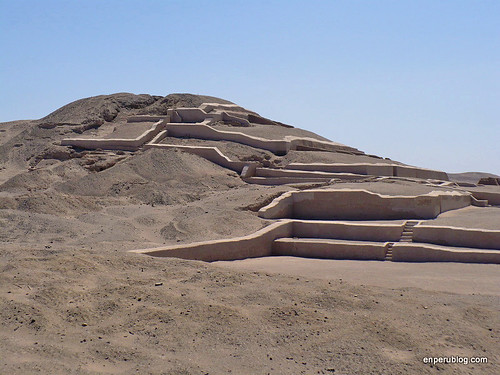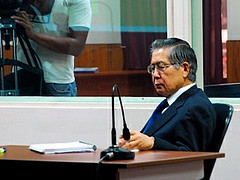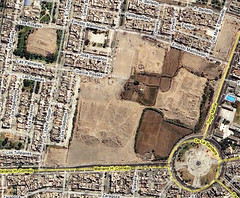Lost city of Cahuachi
The Nazcan city of Cahuachi was a stunning and magnificent place. Stretching along the dusty hills above the Nazca River valley are an as-yet unknown number of pyramids and temples – a good number of those rolling hills are not at all natural features. Some estimates of the area the city covered are as much as 24km2 – bigger than even the famous Chimú city of Chan Chan.
Despite its size, no-one but the civilisation’s elite lived here on a permanent basis. Cahuachi was a religious and ceremonial city first, and the administrative centre of the Nasca’s world second. It is thought that huge gatherings took place here, where huge numbers of pilgrims from across the surrounding valley’s came to take part in rituals. Most of the ceramic pottery found here was high quality, beautifully decorated religious pottery – few simple domestic items have been found.
From the ceremonial city it is only a short distance across the valley and across the hills to the main desert plain on which you’ll find the civilisation’s famous geometric patterns, shapes and lines. Could the rituals carried out at Cahuachi and those carried out at the lines be part of the same event, part of the mass gatherings? It is so far unknown.

Grand Pyramid
The first thing that strikes visitors to this archaeological complex, being worked on by Italian Giuseppe Orefici, is the Gran Piramide, perhaps the best restored monument in the city where dozens more remain buried in the sands. Although it too still has a long way to go, it no longer looks like just a mound of sand.
The pyramid, and the other buildings stretching along 17km of the valley, are roughly between 1500 and 2200 years old. As well as pyramids there are ceremonial buildings, workshops, open spaces and places for pilgrims to stay.
At the foot of the Gran Piramide is the Templo del Escalonado, one of the oldest buildings and the most important during the earlier period of the city’s existence. This building was named as such because its walls were decorated with the top half of chakanas(Andean crosses) the look a little like stairs.
We know that music was important to the Nazca – we find images of musicians on many textiles and ceramics, but only from Cahuachi we find out why. It seems, based on archaeological finds of instruments such as flutes and drums at key ceremonial areas, that music was used during religious rituals and ceremonies.
Cahuachi existed for 8 centuries, from 400B.C. to 450A.D. when the city was abandoned. There was no rush in its abandonment though, huge amounts of resources were applied over time to demolish its outer walls and bury the many pyramids beneath the sands. The pyramids ceased to be artificial monuments and returned to nature as towering sandy hills. The city was no longer the capital of the Nasca, and became a holy place, even a burial place.
It is not known what caused the city’s abandonment, and what made the people move on to other newer urban centres, but it is thanks to their attachment to this place, and their care in burying and preserving their city, that one day we might, through our own application of huge amounts of resources, see it in its original form again, uncovered and restored – the biggest of the ancient urban centres of the southern Peruvian coast.
Photos –
Tags: Archaeology, cahuachi, nazca, nazca culture, pyramids, ruins









